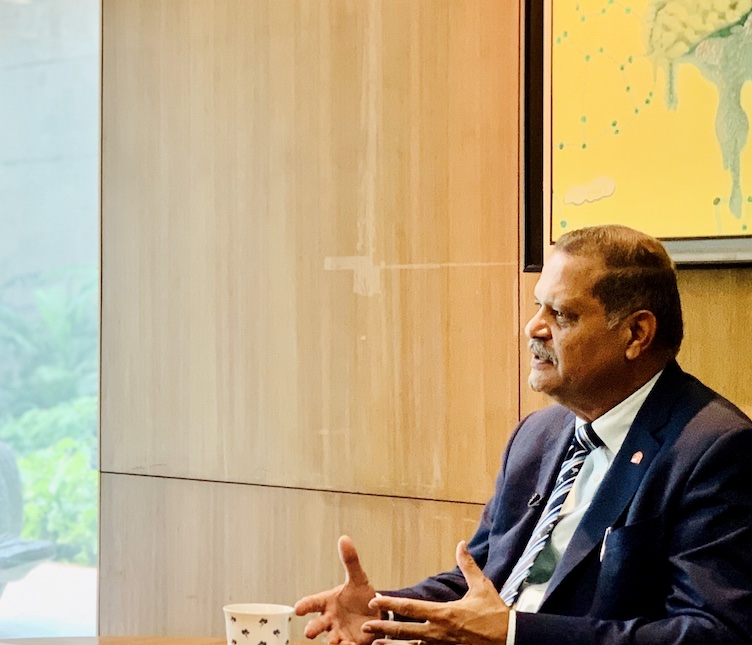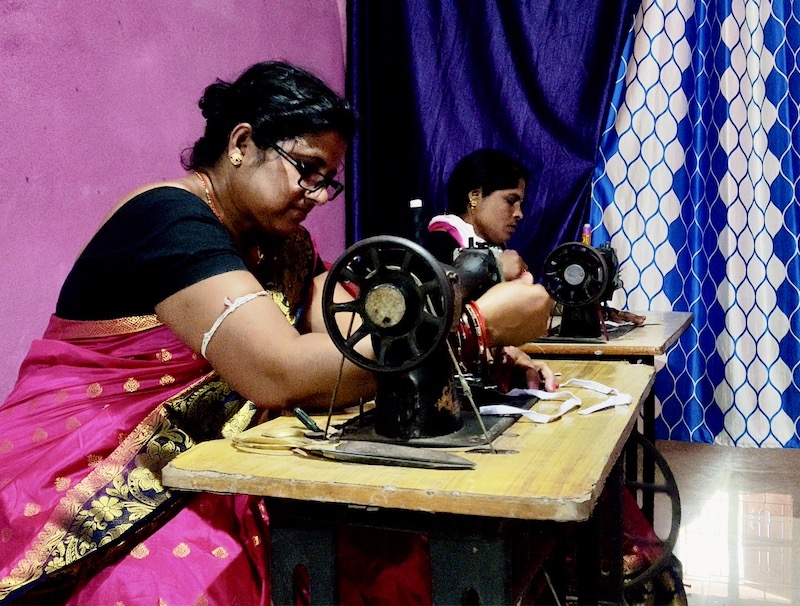The growing number of consumers in India who are conscious about various environmental and social issues reflects a trend and a way of thinking that is picking up globally. These consumers prefer associating with – buying, consuming, propagating about, endorsing – products, brands and companies that care for the society and for the environment, and are conscious corporate citizens.
As things are, companies usually communicate with their consumers through their advertising, marketing and public relations activities, which are more of a one-way communication. Consumers do not actually get meaningful opportunities for getting to know their brand, nor is there a clear mechanism for engagement, especially with regard to the ‘conscious’ side of the brand.
As much as it is essential for brands to do more with regard to responsibility and sustainability, it is equally essential for them to communicate more about the same, to talk more and talk straight with consumers, with all of us. Not only to build trust, but also because talking and responding will help spread the word on conscious and responsible consumption.
On this platform, the brand’s representative responds to questions that revolve around the brand’s environmental impact and initiatives, social initiatives, diversity and inclusion policies, advertising and marketing ethics, and everything else that it takes for a brand to be a conscious corporate citizen.
Jindal Stainless is a part of our lives…
It’s interesting, how the consumers of today are wanting to get associated with corporate names and brands who are socially responsible. Linking up with that aspect, stainless steel is a green product.
Using a stainless-steel product is definitely better than using a carbon-steel product, and more consumers are slowly grasping this difference. The per-capita usage of stainless steel the world over has galloped over the years. In India too, we’re seeing a gradual increase in per-capita use of stainless steel. You will see it being used in many places and in many ways, in art and architecture, in airport cladding, or even in bus shelters.
 Is stainless steel a ‘green’ product?
Is stainless steel a ‘green’ product?
Sustainability is not only about the process of creating, whether it’s stainless steel or carbon steel. That’s just one part. It’s also about the entire lifecycle of the product. Stainless steel is reusable; carbon steel is not. That is one of the most important aspects of stainless steel, besides its tenacity and other things that are already built into the metal’s properties. Hygienically and environmentally, it is better and lasts a lifetime.
In times to come, people will realise that using stainless steel is sustainable.
How will the layperson – who is simply buying steel – know the difference between carbon steel and stainless steel?
You really can’t distinguish between the two based on looks. Unless you have the branding. We make flat sheets, not the end products. But that flat sheet is a branded product. It’s also worth knowing that while ordinary steel gets rusted in 2 to 3 years, stainless steel lasts forever.

Ideally, all consumers should be aware of sustainable products”stainless steel in this case”and make conscious purchase decisions. How, though?
At one level, it’s definitely the responsibility of the corporates to educate consumers and create that kind of awareness through social media, print media, electronic media, etc. That’s something that has been lacking here.
At the same time, there are conscious consumers who are looking at carbon footprint, mapping the supply chain, noticing the trustworthy markings or gradings by competent authorities, and picking sustainable products. I am sure more and more consumers are starting to look at these aspects.
Until a few years ago, one could not determine the amount of calories or sugar in the edible product that they picked from a store; today everything is labelled. Interestingly, because of this labelling, even a person who has no idea about the calories or is not conscious about sugar content may start thinking why such information is being shared on the label.
Isn’t cost a deterrent?
…when the consumer understands the difference, the quality of the product, the real benefits to them and for the environment in the long run, sustainable products make much sense to them. When you are buying stainless steel, you are assured of the quality and you can also be assured that you will be paying just once for a product because it will be there for a lifetime.
Today, with more disposable incomes in the hands of younger middle-class families, they want to spend and invest more in quality products. That’s the shift that is taking place.
Please tell us something about the social responsibility aspect of the company, the work that you do for communities around your areas of operation.
Manufacturing industry has got certain responsibilities towards the communities around whom they operate. The industry occupies land, opens huge factories, does mining, and a lot of people get displaced in the process. Many of them have to migrate because they aren’t skilled adequately to work at the plant… For us, it took some years to build those requisite skills amongst the local community.
Let’s pick up from there. When you started your first factory many years ago, there would’ve been some resentment among the communities whose land had been taken away. Can you share a case study or talk about a social project that was focused on supporting these communities?
I am not going to be talking about 50 years ago, because then the environment was different. About 15″16 years ago, we realised that there was a requirement for a separate department exclusively taking care of our corporate social responsibility. We took on education, healthcare and women empowerment projects, and we did a lot of work on environment sustainability. After all, you are using the rich resources that are close by. If it’s water, you’ve not only got to evaporate it in your boilers, but must also come up with processes where you can reuse and restore the same.
We seriously looked at the human rights aspects as well. As a matter of fact, I was involved in carrying out a due diligence for business and human rights. How has business impacted the communities? What is the redressal mechanism? How are we addressing the mechanism? These are the main challenges, but the outcomes are very encouraging.
Can you share a story of a child or a woman who may have benefitted from these initiatives?
In a remote village in Odisha, we had opened a tailoring centre – a simple, common activity that many of us engage in. However, we did it with a difference. We used the community space to start this centre, and there was this lady who covered about two kilometres on her wheelchair to come to the centre every day. This woman was determined to learn, and later she opened her own tailoring unit and employed about seven women.

As part of our CSR, we helped her market some of her products. Today she’s earning almost Rs 30,000 a month and employs around eight to ten women from the community.
To cut a long story short, a physically challenged”or a differently abled”woman in a remote village in Odisha is now a ‘social entrepreneur’ who is also empowering other women in her community. This is just one of the many stories that have been possible due to our social interventions at the grassroots.
Are all JSL employees aware of the company’s social and environmental initiatives?
Yes, most of them know these stories and the initiatives that are enabling these , mostly through our monthly magazines, through internal conversations, through social media and various audiovisual content which we keep projecting in our cafeterias and common areas. We also get people from outside to conduct sessions with the workforce to help them become conscious, aware, responsible… basically choose a sustainable way of life.
Moreover, there are certain days that are fixed solely for this. For example, on World Environment Day, Human Rights Day and other such days, we celebrate together with the employees and propagate the core message of the day.

